United Airlines 737-MAX8: N27251 It has been over a year since Aeroclassics released a Max jet. I had honestly hoped they would have put away their Max moulds for good. There is arguably nothing that the Aeroclassics mould does better than other Max moulds out there. The Sharpest features of the Max jets in 1/400 are the split scimitars, the riveted engine cowlings, and aerials. None of these features have ever been the best even though comparatively, Aeroclassics has one of the mot recent moulds. The last Max8 from Aeroclassics was released over a year ago and it doesn't look as though AC has done anything with the mould to improve it. If I am not mistaken, N27251 is the first Max8 jet for United Airlines. It was delivered in June as part of the flood of Max's that were distributed to airlines following the types recertification. Currently there are over 120 scale 1/400 Max8 that have been made. Interestingly, until now, none of them have been painted in United's newest livery. So Aeroclassics have found an obvious gap to exploit and have quickly beaten their biggest competitor in this area to the metaphorical punch. It's quite surprising that Gemini Jets hasn't made a Max8 in UAL colors yet. I don't foresee it will take Gemini long to catch up however and I will gladly be waiting for their version as I much prefer their mould. On a short side note, United Airlines has 12 Max8 jets and is awaiting five more. Aeromexico 737 MAX9: XA-MAZ There have been 16 Max9s made in 1/400 scale to date. There are three different moulds in use, the best being the JC/Gemini mould has been used four times. The worst, a very poor mould by Phoenix has been used twice, and the other 12 models are on the mediocre Aeroclassics mould which first debuted in 2018. As is the case with the Aeroclassics Max8 mould, the Max 9, last used on a United Airlines Max9 in 2019 has not enjoyed any sort of upgrade of referbishment. This means it continues to play second fiddle to the JC/Gemini version that offers better split scimitars, better engine cowlings, better gear and better printing. Even still, if you want a Max9 in Aeromexico colors, this is currently your only option. Sadly, even from this average photograph provided by AC themselves, I can still see the shoddy paint appliqué on the winglets, a common problem with these AC Max jets. Another glaring issue is that this aircraft should have a radome and it doesn't. In today's 1/400 environment, that just isn't acceptable. That alone makes this a miss for me. Like most Max jets, XA-MAZ was completed in 2019 but wasn't delivered until mid 2021. The aircraft is one of six Max9s operated by Aeromexico. It is about 2 years old and Since Aeromexico is a commonly used airplane for routes between Mexico City and Cancun, Monterrey, and Guadalajara. Once again, even though JC/Gemini have only presented this mould a few times, I'd gladly wait for their version of this aircraft. Gemini has produced 16 Aeromexico models to date. So I'd assume this one is on their radar if not already produced and packed onto one of the 97 cargo ships sitting off the coast of California. Braathens SAFE 767-200: LN-SUV Braathens SAFE, originally founded as Braathens South America & Far East Airtransport, commenced in 1947 at the hands of Ludvig G. Braathens. The company made a name for itself providing shipping services at the tail end of WW2 and this translated to utilization of old WW2 DC-4s. With the expansion of SAS and a government mandate, a virtual monopoly on regular pax service existed on Scandinavian air travel through the 50s, 60 and beyond. Braathens SAFE subsisted on the provision of charter services. As the jet age arrived and the airline carried on, 737s, 757s, and two 767s were utilized. Long story short, the company eventually merged with SAS but the name lived on as we know it, the airline SAS Braathens. The model itself seems to be a good representation of the most usual problem with Aeroclassics. There are some obvious issues with the model, but there's likely no one else who will take on this airplane. Known issues are that the chatline and window line sit about a millimeter too low. The belly of the aircraft in real life is bare metal whereas AC have decided to paint the lower fuselage silver. I personally don't mind the bigger than average tires on these 767s, but many collectors do. It's quite clear to me the Boeing 767 titles are too low on the model and should be level with the top of the door. This model will eventually sell out, and become hard to find, but I have to imagine it won't ever be a model that stands out. LN-SUV was originally delivered to Braathens SAFE in 1984 and was in use in one form or another until retirement was earned in 2011. The aircraft wore many attractive liveries as it served also with the likes of Varig, TWA, and Air Seychelles to name a few. While I likely won't be adding this model at the current market price, I may look for it in the future, but for now, it is too niche of a model with too many errors for too high a price. VARIG 767-200: PR-VAC 767 Line number 475 is represented in 1/400 scale here as VARIG, PR-VAC. The aircraft itself was first delivered to Malev in 1993 and arrived with the VARIG fleet in 2007. It is known that South American 1/400 examples have been white-hot sellers on the classic market of late but this one feels like a bit of a dud. The model didn't sell out and is still available with many retailers. There doesn't seem to be too many issues with the model. The Varig titles aren't quite big enough in my opinion, and the tail fade is too dark. At least it seems the windows have the correct spacing forward of the main wing. This is the 68th, (or 69th depending on how you look at it) 767-200 from Aeroclassics since they debuted this mould in 2017. As I just mentioned, this isn't a world beating mould, but like so many other AC conundrums, no one else is really making 767-200s regularly. The only other main player in the game with a competing mould is JC Wings and they have only made one 767-200, a rather nice Britannia, in the last year. Once again, another situation in which a beggar can't choose. There isn't much that necessitates picking up this model. It is in Varig's final scheme and the last 767-200 for Varig, but I imagine there aren't too many people who were counting on this one. Fedex DC-10-10/30Fs: N398FE & N318FE Aeroclassics has been using it's powers for good in some ways the past few months. Fedex and UPS jets are always welcome and recognized the world around. Even better when the cargo companies are presented on some of the best moulds in the AC arsenal. Two Fedex DC-10s this month were easily the quickest items of store shelves. In most cases these were gone moments into their listing at a variety of retailers. Both of these work horses were former pax jets and have good back stories. For the most part, things look neat and tidy. Someone needs to tell Andrew Klein to upgrade to the latest iPhone so we can get a proper look at these models before hitting the "buy" button. The mould as I've mentioned speak for itself. I would still love to see AC begin to push the envelop some. They could benefit from improving the gear on these moulds. I know that areas are largely out of the question, but if you could just imagine how nice this model would look with gears and wheels/wheel hubs that are of the quality JC Wings and NG Models have been using. These are not ones to be missed. I sadly must pass as cargo aren't my top priority, and I have high hopes for what may be offered in the holiday months to come. Mexicana A320 "One World" titles: XA-MXK I don't have a list of top ten liveries of extinct airlines, (maybe I should make one of those). If I did, the final Mexicana scheme would be on that list. I really enjoyed writing one of my first reviews I ever made based on the Gemini Jets Mexicana Click 717. In that review I noted that there was a One World livery applied to one of the Mexicana Click 717s, but I didn't realize there as an A320 with one of these schemes as well. The aircraft, msn 3304, was built in 2007 and was delivered to Mexicana. It was originally in the 1990-2008 colors but was quickly repainted by 2009. It was immediately given the One World colors and worse them until the Mexicana collapse in 2010. By 2011 the aircraft had reentered service with Interjet, and then in 2020 became part of the Air Canada fleet. A320's have been a commonality in the AC release pipeline this year. We've seen many retro jets, a few classics, and some more exotic offerings like the one pictured here. This is a nice release in my book for several reasons. First, it is simply just an A320. AC struggles to make their classic mould come across as appealing when using it in CEO or NEO forms. This is also a nice model because of the sky blue engine cowlings and over wing painted details. Quietly, I believe this to be one of the best options in overall in this month's release. Aeroflot TU-154: CCCP-85000 One of the most painful parts of being a classic 1/400 scale airplane collector is knowing there are decent moulds that could be improved, yet they are not. Further, when they are used, the production line can't be bothered to make sure the products being made aren't erroneous or lazy. The silver paint on the belly of the TU-154 and the improper door placement are fine examples of how Aeroclassics chooses to torture collectors. Somewhere in there is a dynamite mould that could be reinvigorated with some modern gear, proper paint work, a snugger wing seam, and a few finely machined ariels. Oh well. You can still have this excuse for a TU-154 for around 65 USD on eBay. British Airways A319: G-EUPZ Occasionally, models that don't show up on the Aeroclassics release flier will appear for order on virtual stores without any other form of announcement. This month we have one such "surprise" model, a B.A. A319. This aircraft in real life is a primo example of a work horse. G-EUPZ has been with the company since 2001. The aircraft is line number 1510 and has stayed with British Airways since being delivered. Over time start scheme B.A. jets always are hard to find and in demand. It looks like the same formula for success used on the Mexicana Oneworld is being used again here. Good mould, good paintwork, good selection for production. While this release may not be thrilling for many that have been in the hobby for a long time, so research into the 1/400 scale production history of the B.A. A319 actually shows that while this is a rerelease, it is likely a necessary one. There have only been about 8 large scale releases of the type for British Airways but only three of those releases have been in the standard B.A. colors. When you think about it that way, this is a nice gesture for newer collectors that have missed out on previous models from the likes of Gemini Jets or Aeroclassics. Considering there have been over 40 A319s in the British Airways fleet through the years, this is a great bread and butter model. Here you can see G-EUPZ arriving at Basle on a bright autumn day. A common site across Europe. Conclusion:
Some days I simply wish Aeroclassics would focus on substance over style. They truly are unmatched in the sheer volume of variety, but when you start picking through things with a fine comb, you realize there are few models that really worth the cash. I know there will be many happy customers this month but I am not one of them. This is a pretty average month. I will say it's commendable that while most other companies are struggling to get monthly releases to market, AC continues to offer the usual variety.
0 Comments
Leave a Reply. |
Release ReviewThis page will be updated to rank and discuss monthly releases from the 1/400 model aircraft industry as well as other hobby news and info. Archives
February 2023
Categories
All
|
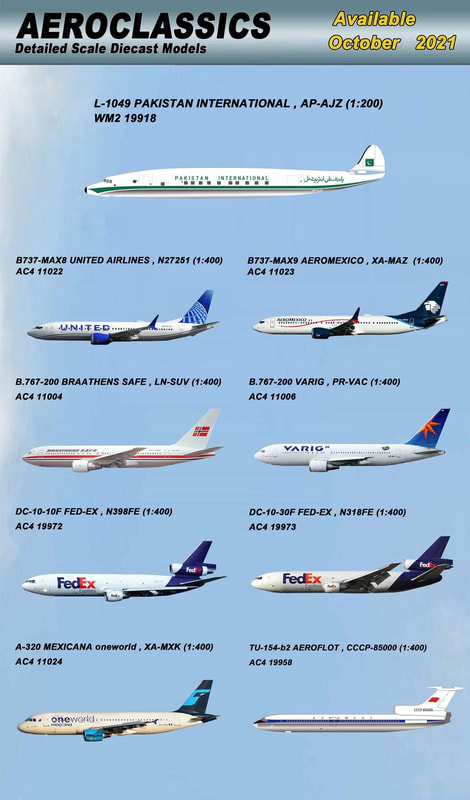
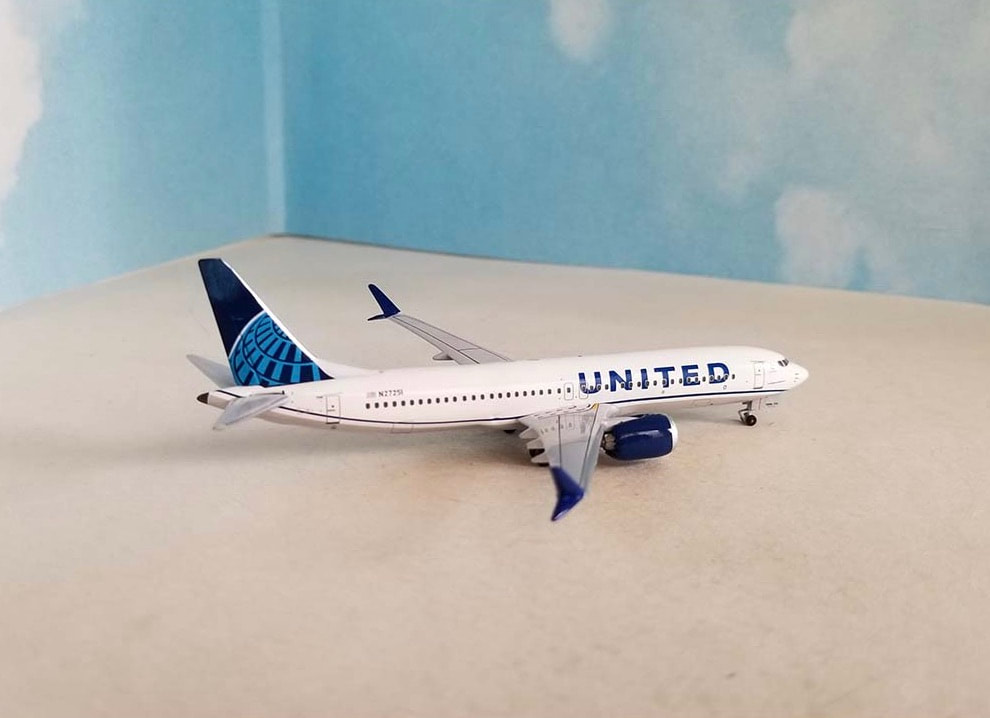
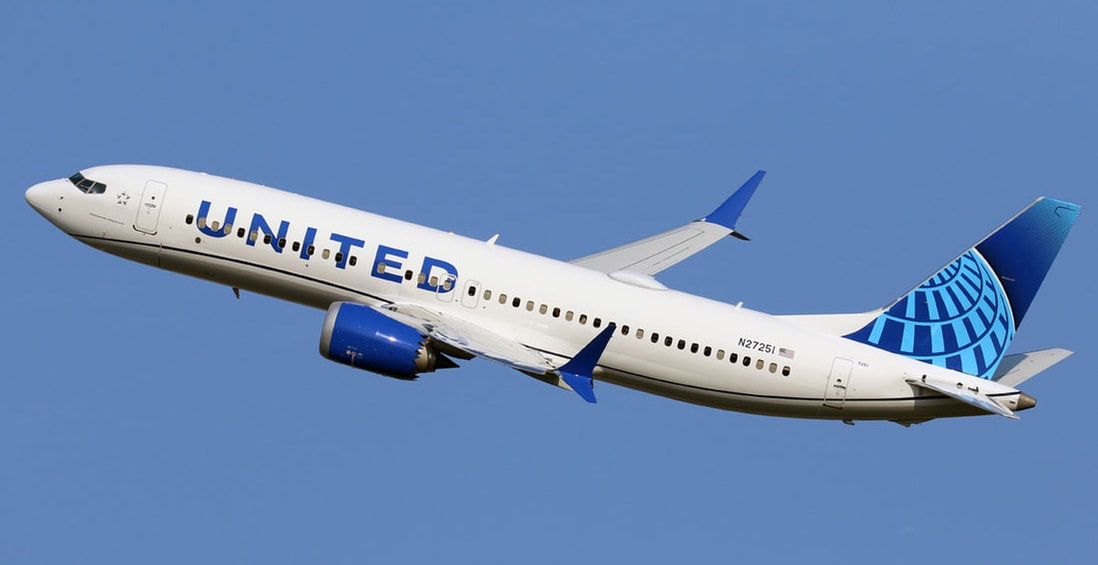
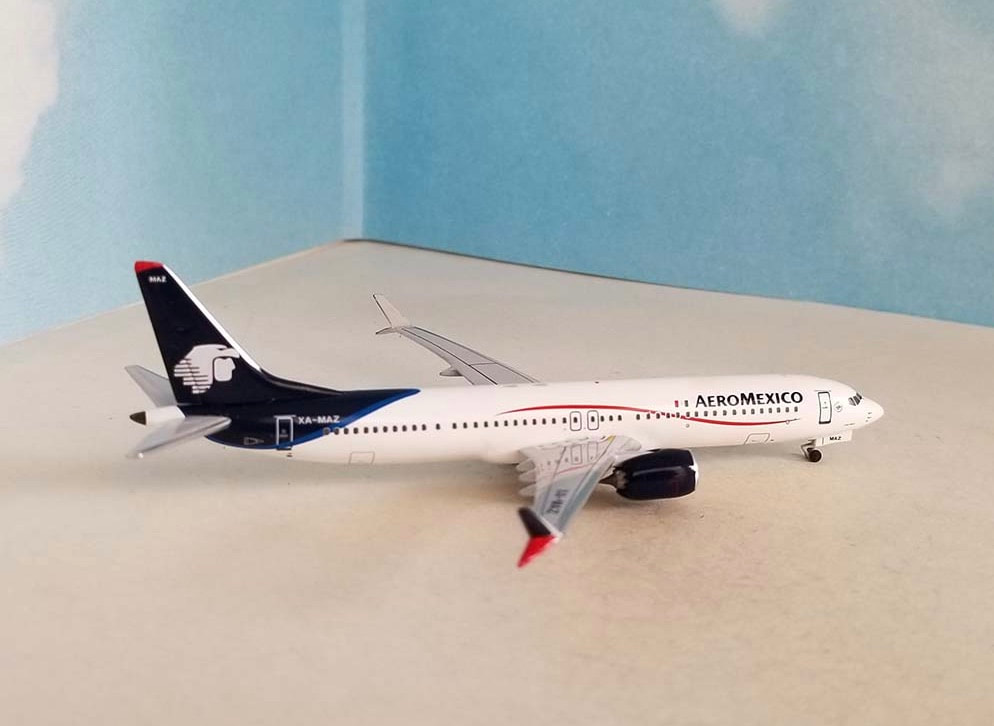
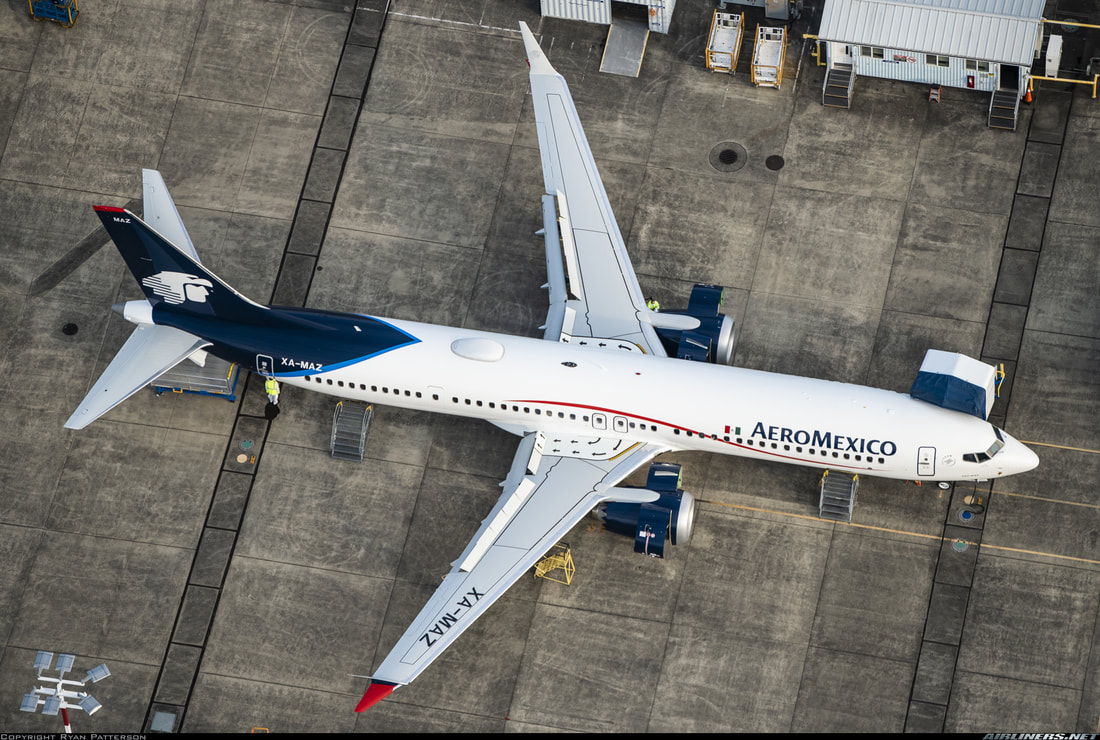
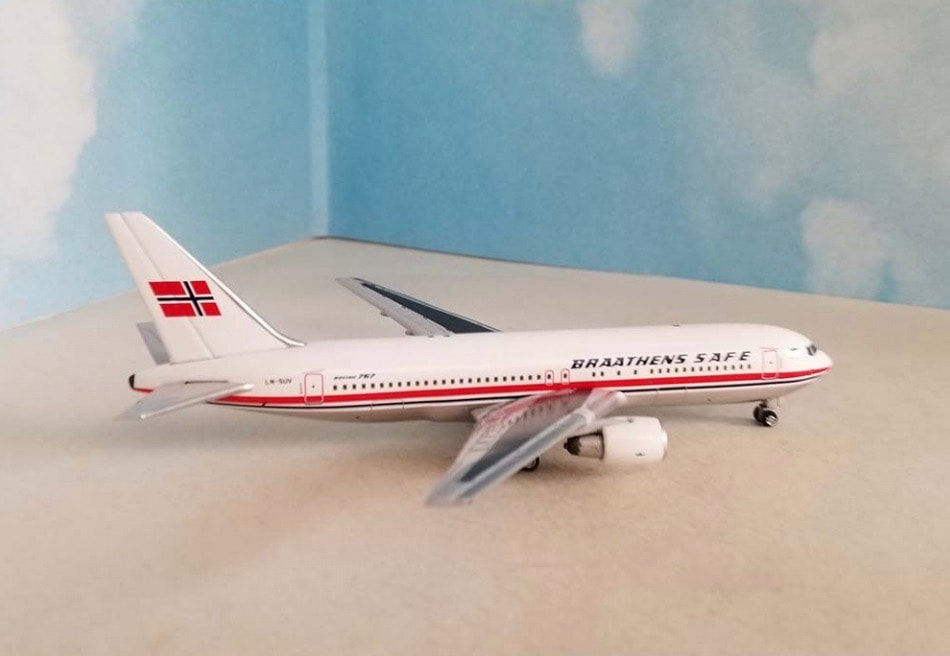
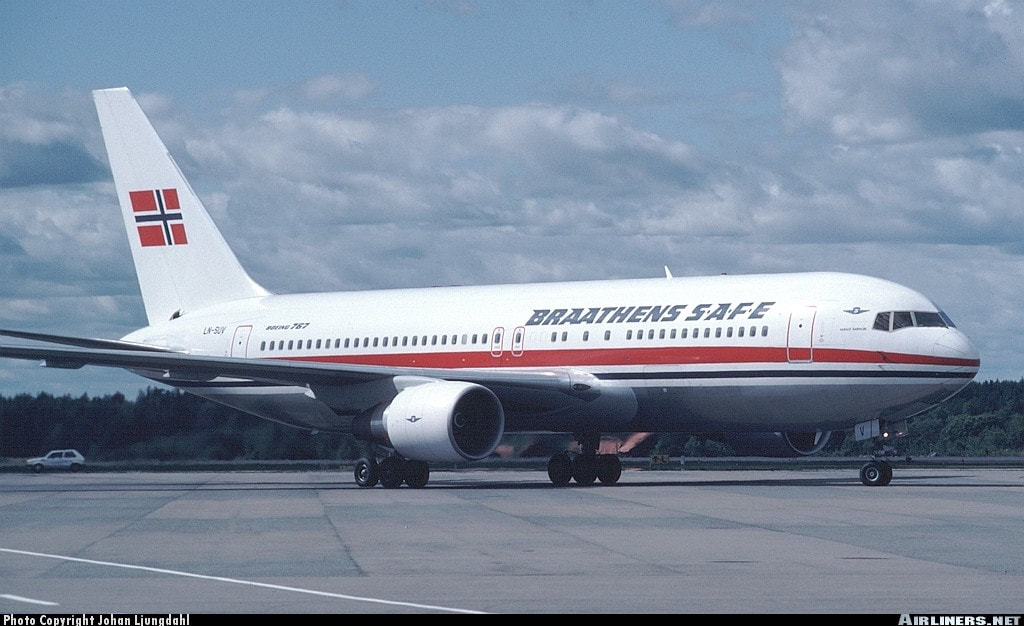
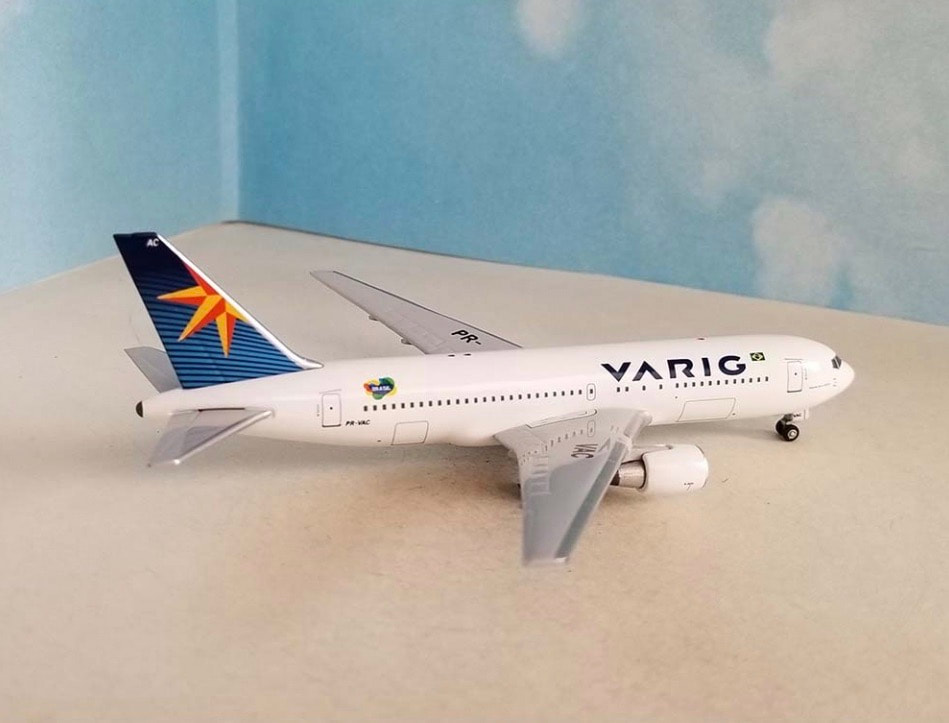
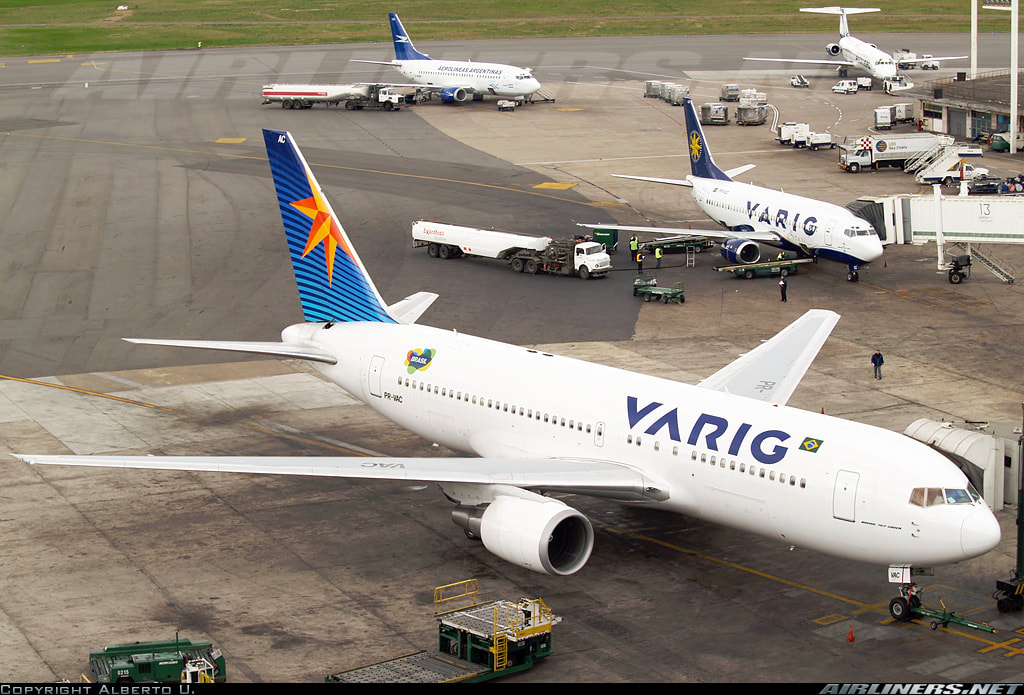
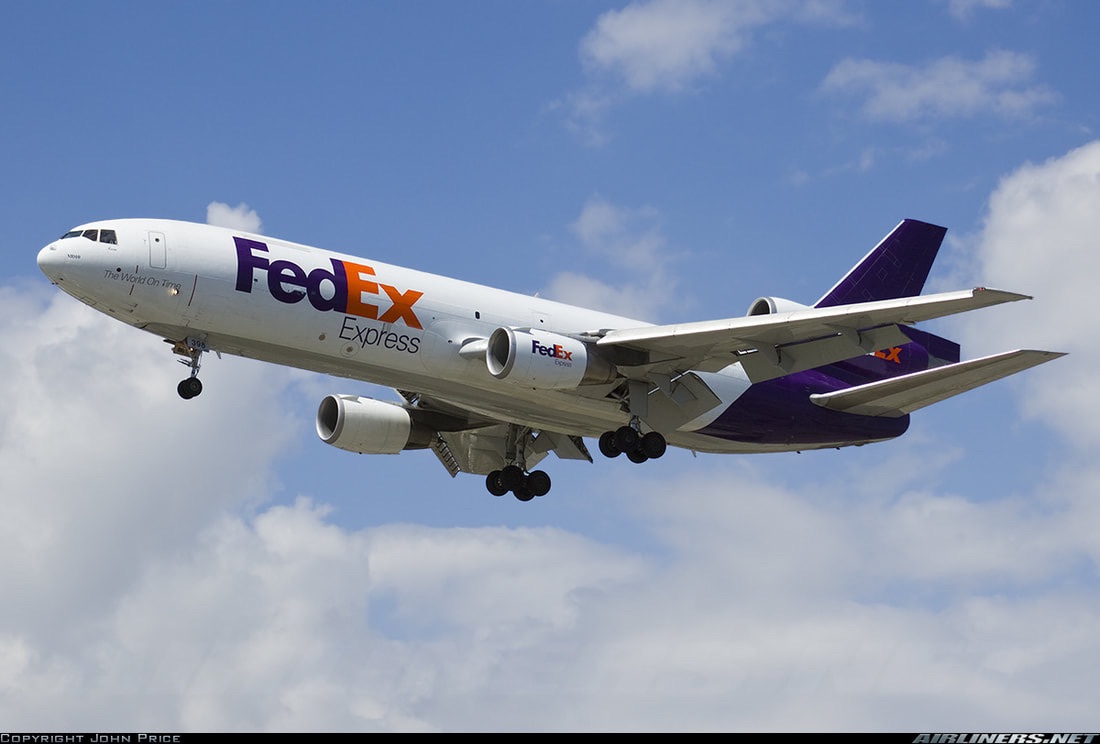
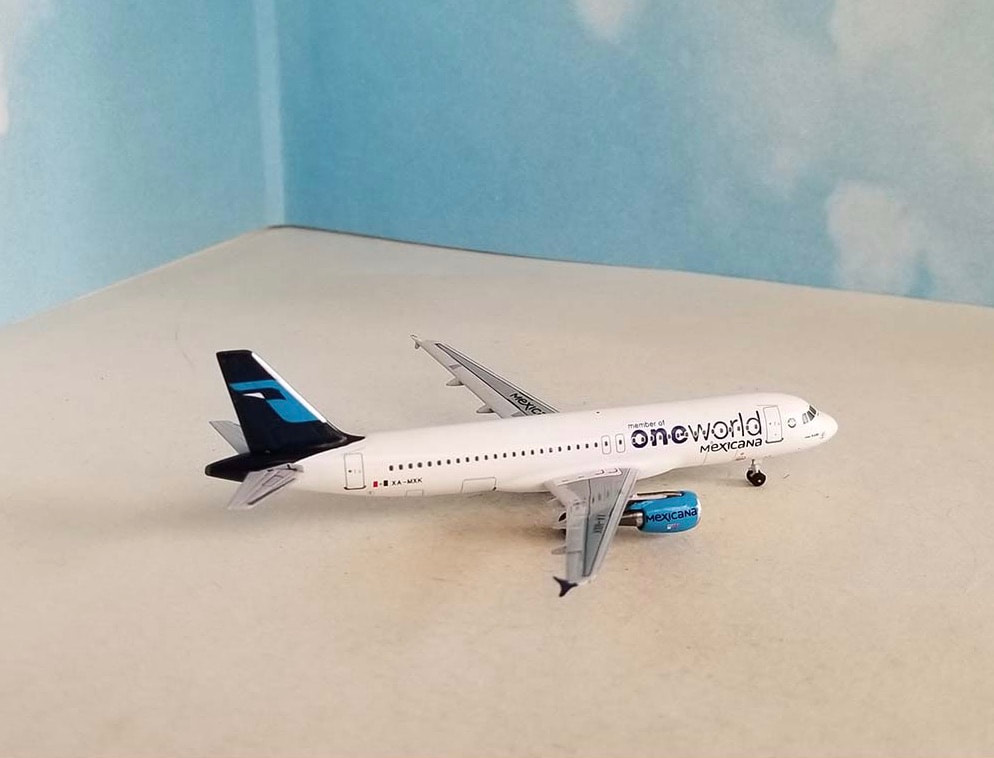
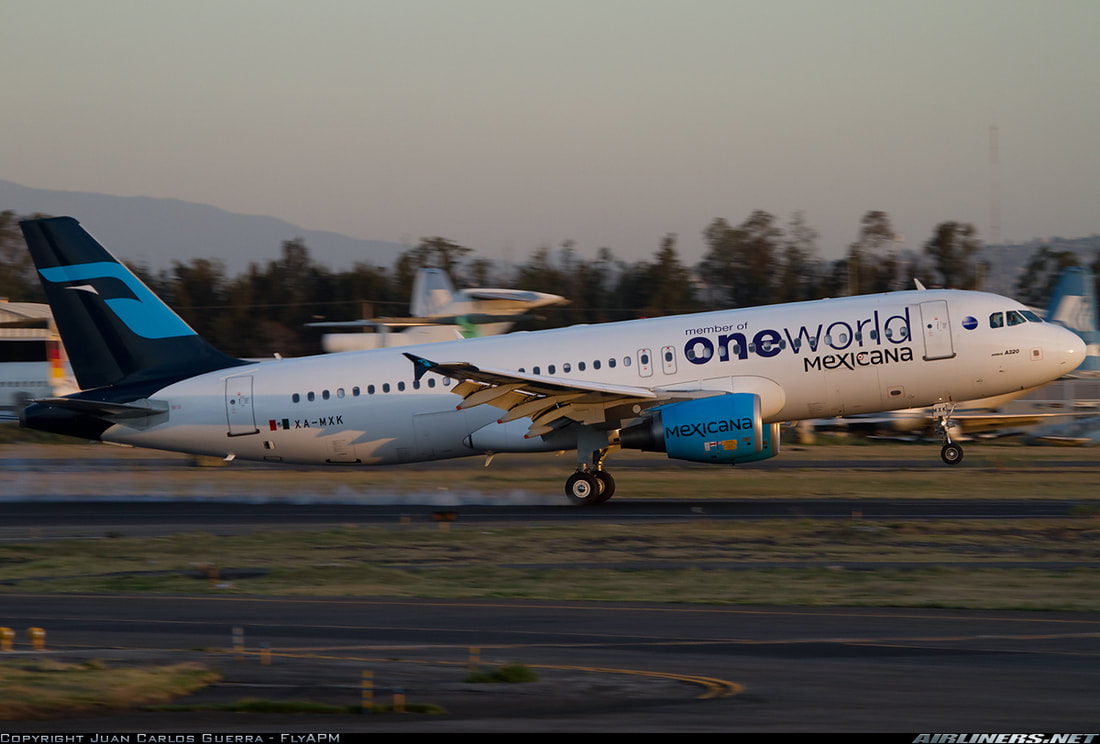
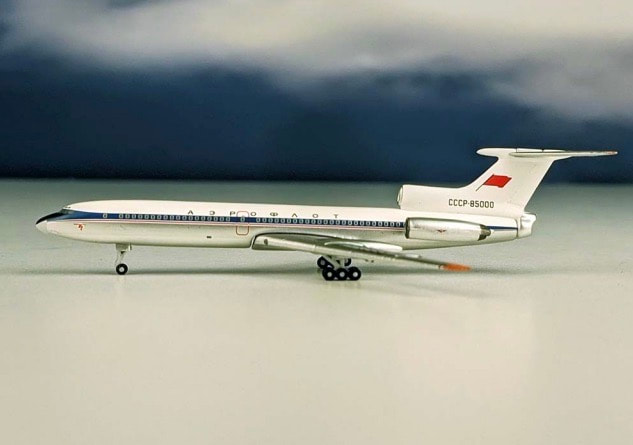
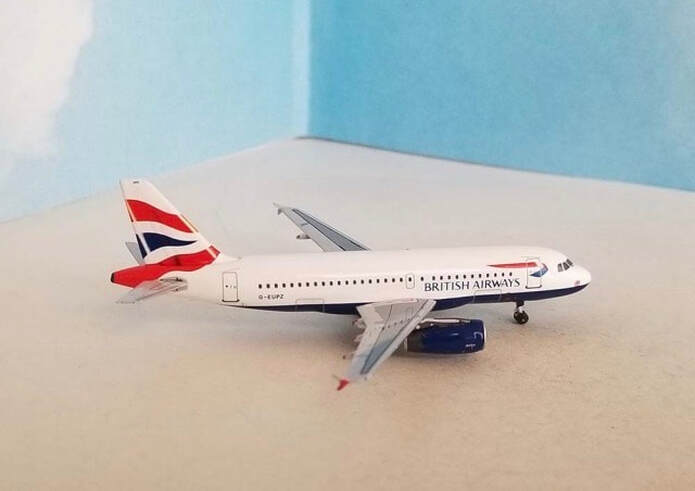
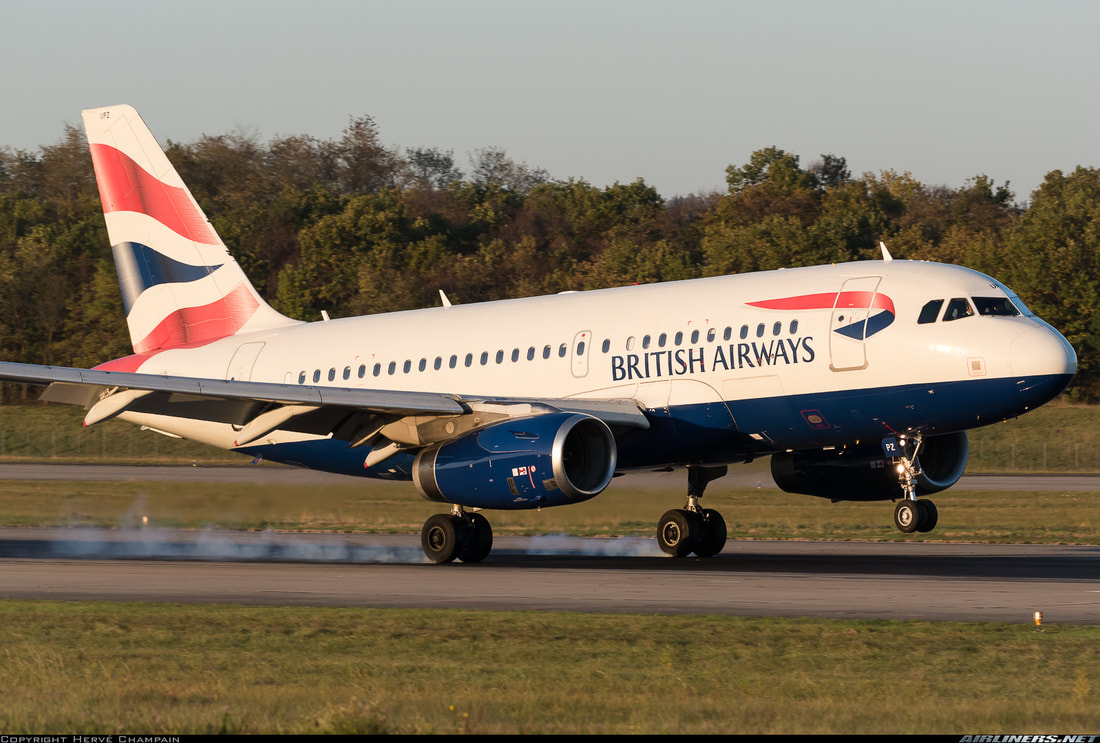
 RSS Feed
RSS Feed